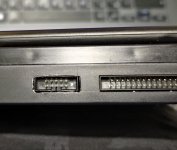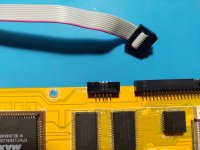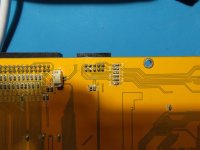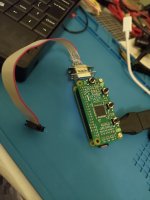Retroplayer
Experienced Member
- Joined
- Jun 6, 2023
- Messages
- 65
It also seems to be proof that it can in fact do 15Khz since in the version 1, it is connected directly to the 6545 CRT controller and displaying CGA. The version 1 has an actual 6545 in it, not emulated in a CPLD.What a goofy mistake/omission/whatever. I'd have guessed that the "default" out-of-the-box firmware for that scaler chip would know how to deal with this; only thing I can think of is maybe they tweaked it to do a better job with the 70hz modes and somehow broke it.
If you figure this out be sure to fulsomely document it. A few years ago I started digging into the rabbit hole of custom firmware for these LCD controller boards hoping for a clear answer on the a similar thing, IE, if it's possible with a custom firmware to get these boards to handle 15khz input, but I gave up because of how scattered the info was. (And much of it not being in English.) The datasheet seemed to imply that the RGB input bottomed out at 31.5khz, which doesn't make a ton of sense given it supports 15khz composite, but, well, said datasheet just generally was unclear when it came to distinguishing what were limits of the hardware vs. the reference firmware.






